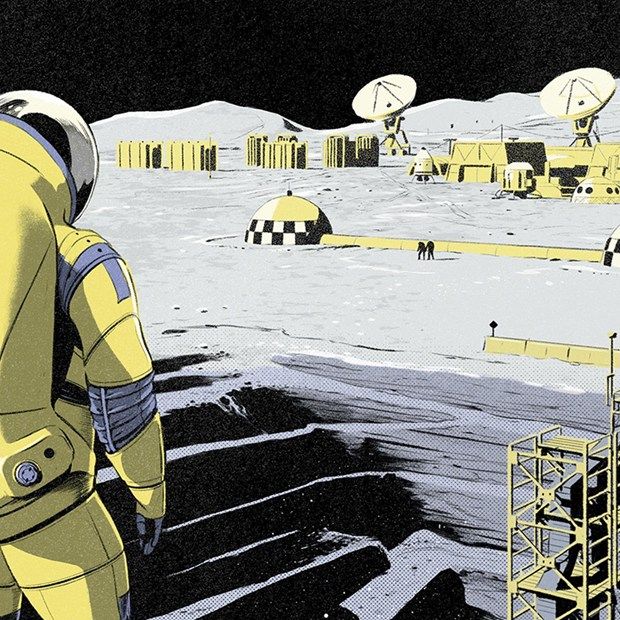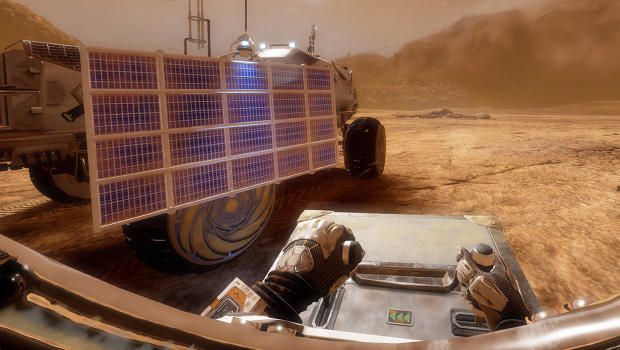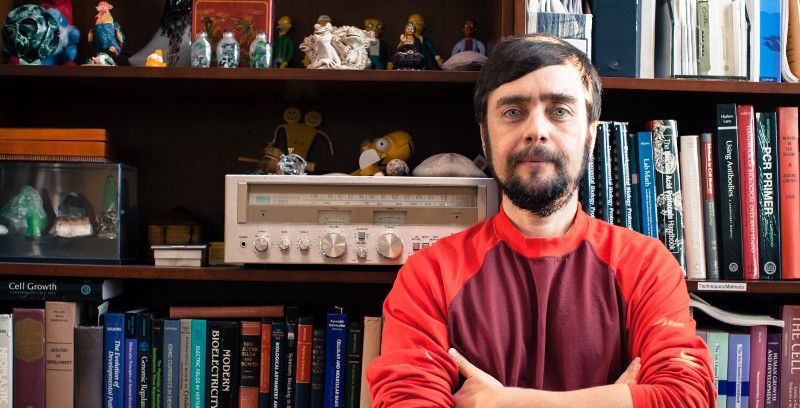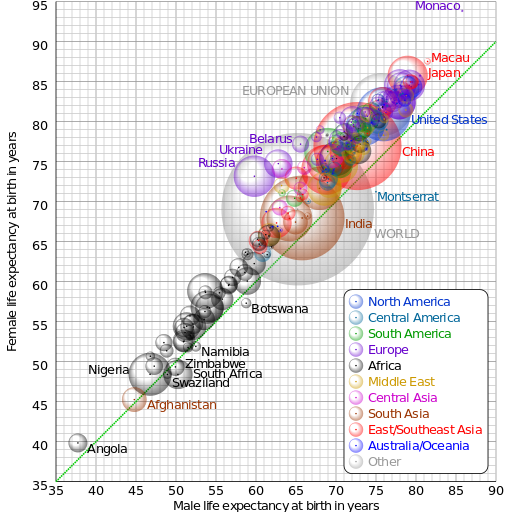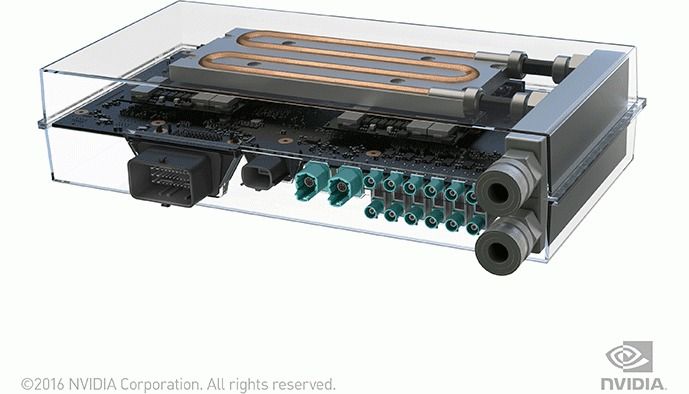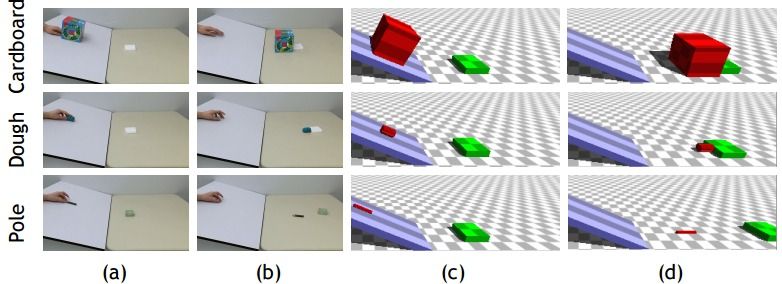Page 11488
Jan 5, 2016
How Fox’s “The Martian VR Experience” Became Hollywood’s Most Ambitious VR Experiment
Posted by Klaus Baldauf in categories: space, virtual reality
Much more than marketing, the experience lets users feel what it’s like to survive on Mars, just like Mark Watney. Yes, there are potatoes.
Jan 5, 2016
Could This Man Hold the Secret to Human Regeneration?
Posted by Jeremy Lichtman in category: innovation
Michael Levin wants to help people regrow lost limbs. Now he could be on the verge of a breakthrough.
Jan 5, 2016
Next-generation Wi-Fi 802.11ah announced with almost double the range, lower power
Posted by Shailesh Prasad in categories: energy, food, habitats, health, internet, transportation
The Wi-Fi Alliance branded its next-generation 802.11ah wireless protocol as Wi-Fi HaLow. It is targeted at the Internet of Things (IoT), which includes the smart home, connected car, and digital healthcare, as well as industrial, retail, agriculture, and smart-city environments. Unlike the older and more familiar 802.11 protocols, which mostly use the 2.4 or 5GHz bands, 802.11ah is a sub-gigahertz protocol that uses the 900MHz band. It has an enviable combination of characteristics.
Jan 5, 2016
The Limit Of Healthy Living: Are We Hitting A Life Expectancy Plateau?
Posted by Roy in categories: biotech/medical, health, life extension
We may be fed a tale of ever expanding life expectancy, but while average lifespans may be rising maximum years are unchanged. If we want to keep extending the clock we need more than antibiotics and nutrition.
The easy work is done
While improving living standards and reducing infant mortality was not an easy job in itself, it extended years without fundamentally changing human biology. The incredible changes brought by the 20th century yielded longevity — but predominantly did so by lifting the majority closer to those luckier few. Even in the ancient world individuals seemingly lived over 80 years old; it was simply a rarer event to do so. You were significantly more likely to be felled by a disease beforehand, and many never reached such an advanced age as a result.
Jan 5, 2016
Meet the Autonomous Car that Charges As You Drive
Posted by Shailesh Prasad in categories: robotics/AI, transportation
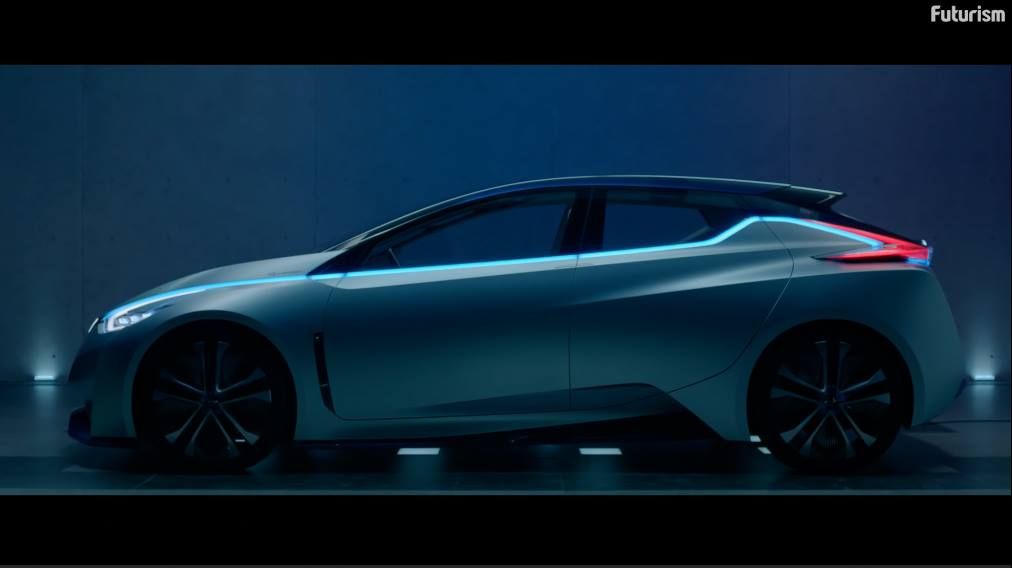
This futuristic autonomous car can communicate with its surroundings, and it charges as it drives…
Jan 5, 2016
NASA Video : Earth From Space Real Footage — Video From The International Space Station ISS
Posted by Shailesh Prasad in category: space

https://www.youtube.com/watch?v=njCDZWTI-xg
LIVE Video From The International Space Station (ISS), NASA : Earth From Space
MY LATEST UPLOAD: Spectacular Saturn — Images from the Cassini-Huygens Spacecraft.
Jan 5, 2016
Faraday Future has created the Variable Platform Architecture
Posted by Shailesh Prasad in categories: innovation, transportation
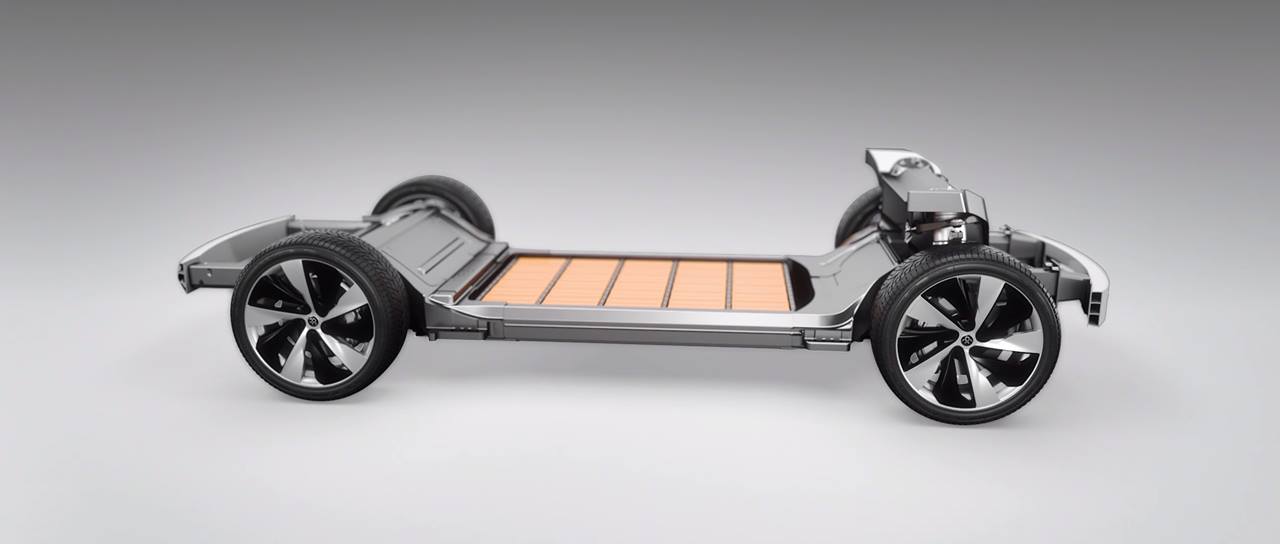
has created the Variable Platform Architecture. According to Faraday Future, the “innovative” architecture means that the company has “the potential to deliver an extremely diverse range of vehicles to markets.”
FF has created the Variable Platform Architecture, which provides us with many powerful possibilities. Learn more.
Jan 5, 2016
Nvidia announces a ‘supercomputer’ GPU and deep-learning platform for self-driving cars
Posted by Shailesh Prasad in categories: computing, robotics/AI, supercomputing, transportation
Nvidia took pretty much everyone by surprise when it announced it was getting into self-driving cars; it’s just not what you expect from a company that’s made its name off selling graphics cards for gamers.
At this year’s CES, it’s taking the focus on autonomous cars even further.
The company today announced the Nvidia Drive PX2. According to CEO Jen-Hsun Huang, it’s basically a supercomputer for your car. Hardware-wise, it’s made up of 12 CPU cores and four GPUs, all liquid-cooled. That amounts to about 8 teraflops of processing power, is as powerful as 6 Titan X graphics cards, and compares to ‘about 150 MacBook Pros’ for self-driving applications.
Jan 5, 2016
Computer model matches humans at predicting how objects move
Posted by Shailesh Prasad in categories: computing, robotics/AI
We humans take for granted our remarkable ability to predict things that happen around us. For example, consider Rube Goldberg machines: One of the reasons we enjoy them is because we can watch a chain-reaction of objects fall, roll, slide and collide, and anticipate what happens next.
But how do we do it? How do we effortlessly absorb enough information from the world to be able to react to our surroundings in real-time? And, as a computer scientist might then wonder, is this something that we can teach machines?
That last question has recently been partially answered by researchers at MIT’s Computer Science and Artificial Intelligence Lab (CSAIL), who have developed a computational model that is just as accurate as humans at predicting how objects move.
